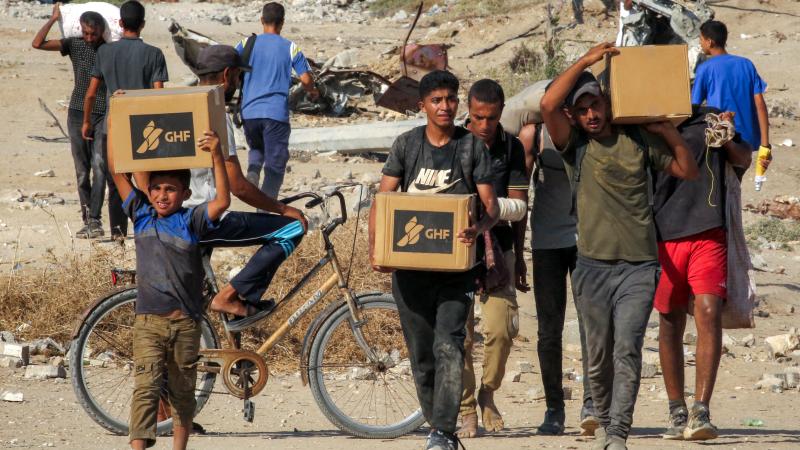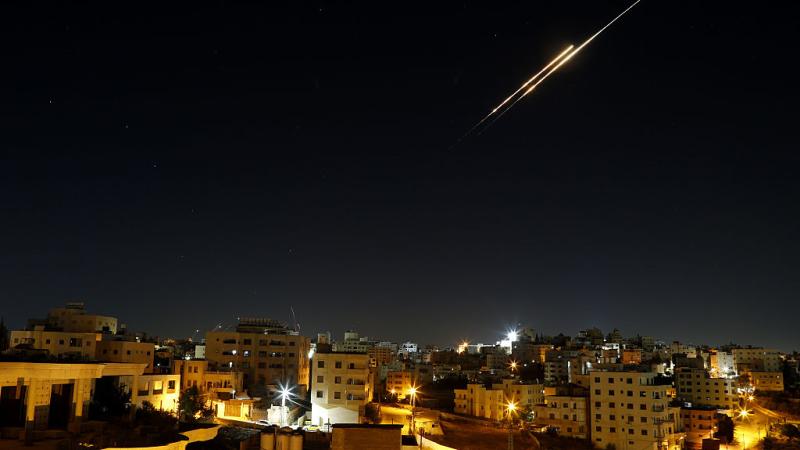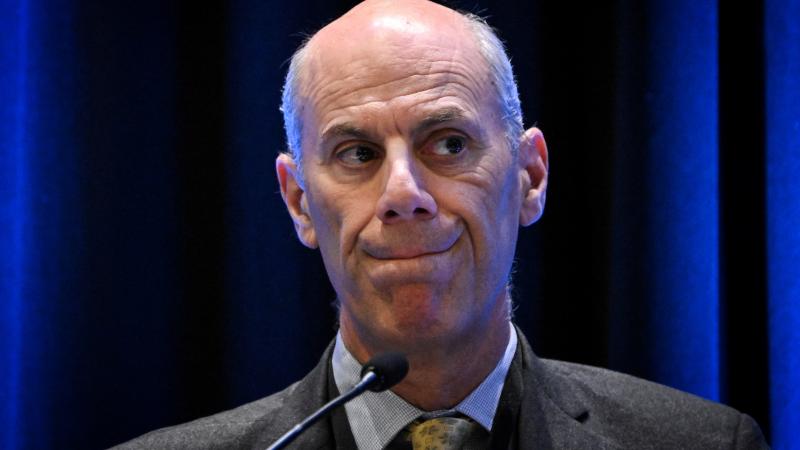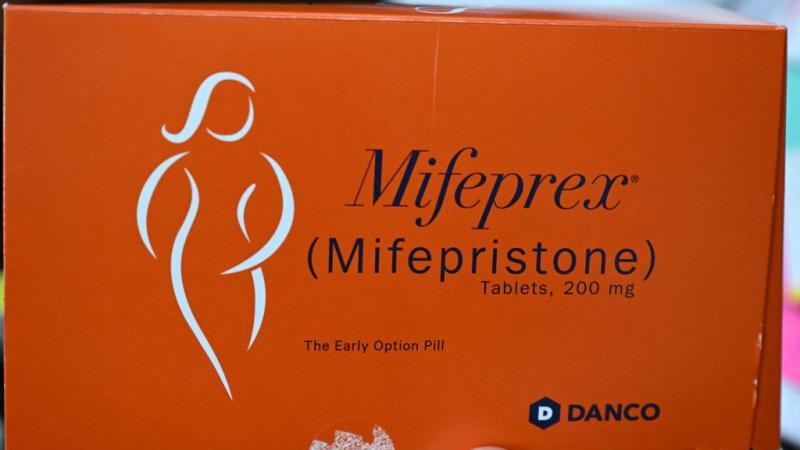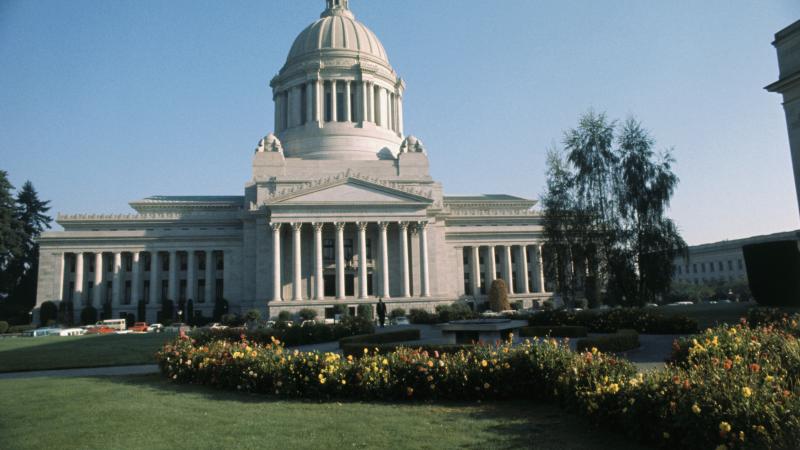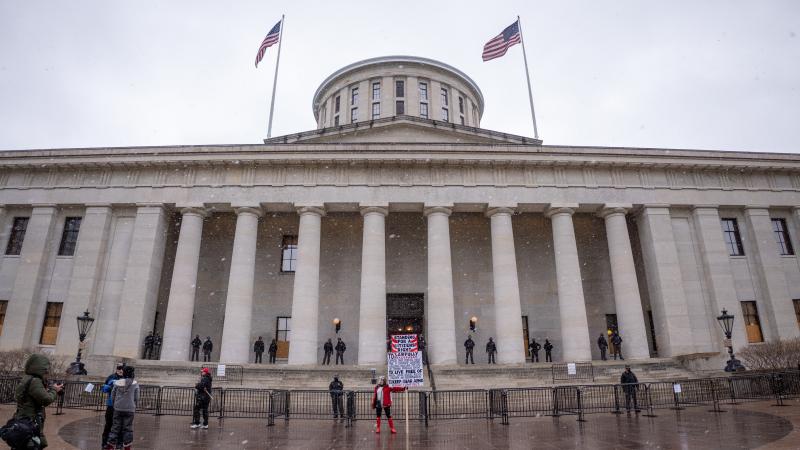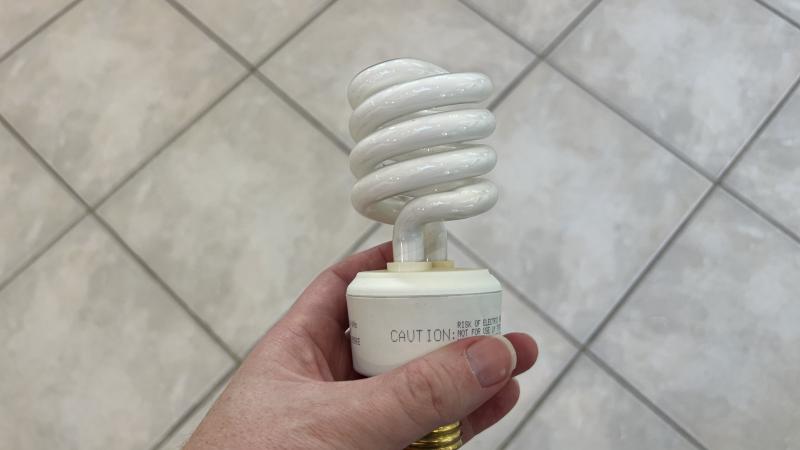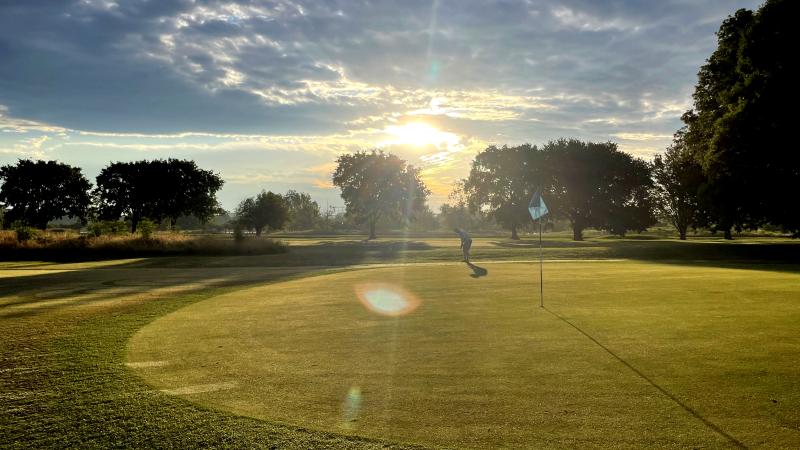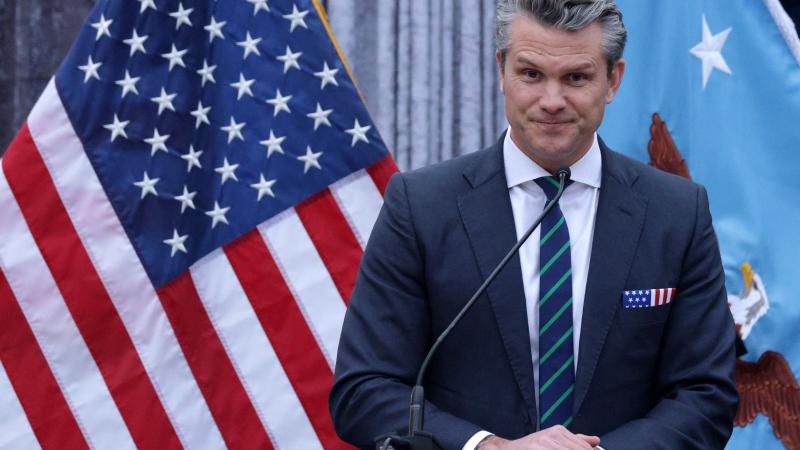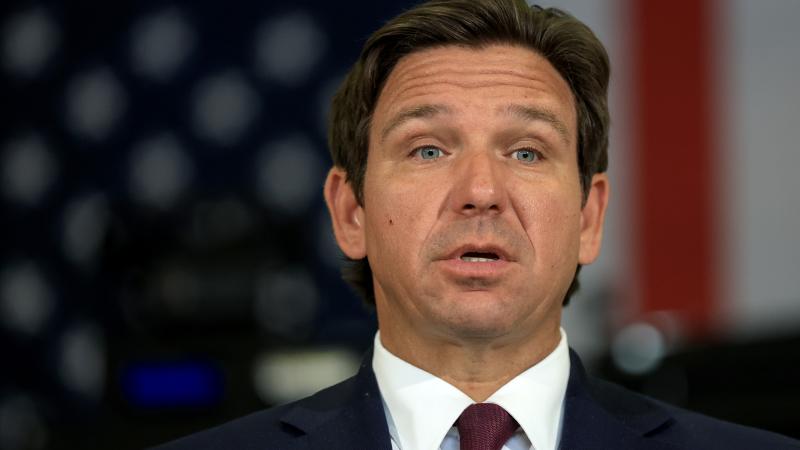Iran protests reach 100 days: 5 things to know
The demonstrations began after 22-year-old Iranian Kurdish woman Mahsa Amini was killed by the morality police in September over her hijab.
After 22-year-old Iranian Kurdish woman Mahsa Amini was killed by the morality police in September over her hijab, Iranians of all ages have taken to the streets to protest the Islamic Republic and its radical Sharia laws.
As protests surpassed 100 days this past week, Iranians continue to march throughout the country in town squares, local neighborhoods, bazaars, and universities, calling for an end to the mullahs’ reign. They have persisted in the face of brutal repression from Iranian security forces.
Here are five things to know about the upheaval.
1. Unity Inside and Outside Iran
Since protests began in September, Iranians from all occupations have come to the streets to protest the Islamic Republic, rallying behind slogans like “Women, Life, Freedom” and “Death to Khamenei.”
Inside Iran, Iranians say they’ve never been as united. Their message is clear: Freedom through regime change. Outside Iran, Iranians around the world have taken to the streets in different cities in solidarity with protesters while calling on elected representatives to sanction the Islamic Republic and abandon the nuclear agreement.
2. Global Support
The governments of the U.S., Canada, the European Union and the United Nations have taken measures against the Islamic regime through condemnations and sanctions. The Biden administration has implemented economic sanctions against the regime’s security forces and morality police and ceased nuclear negotiations.
Canada implemented a series of sanctions, including banning members of Iran’s Islamic Revolutionary Guards Corps (IRGC) and their families from entering the country and further expanding on existing sanctions against regime officials and their financial assets.
Most recently, 29 members of the UN’s Economic and Social Council voted to remove Iran from a key UN women’s rights group just months after it joined, following the news of crackdowns continuing in the Islamic Republic despite international condemnation and economic pressure.
3. Celebrity Support
Notable actors, writers, musicians, and athletes around the world have spoken out and posted support for Iran’s protesters on their social media accounts. Celebrities like American actress Angelina Jolie and singer Justin Bieber have voiced support for Iranian protesters, taking to social media to post videos and photographs of protesters and anti-regime slogans like “Women, Life, Freedom.”
Other prominent figures like Reza Pahlavi, the son of the late Shah Mohammad Reza Pahlavi, and Iranian Empress Farah Pahlavi have also taken an active role in supporting the protests in Iran, calling on the international community to apply heavy pressure against the regime.
4. Silencing of Pro-Islamic Regime Lobbies
The unity inside and outside Iran has resulted in enormous backlash for many pro-Islamic Republic groups, individuals and lobbies. These entities are being named and shamed throughout social media as many try to delete previous articles, posts that openly supported the regime and its policies and even photographs of individuals with regime officials.
The exposure has led some individuals to change their posturing completely when it comes to supporting the regime and are now calling for regime change. Due to their history and support for the regime, more prominent lobbyists that were previously called on by the White House, State Department and mainstream media as experts are finding themselves marginalized and irrelevant.
5. Increased Brutality by the Regime
Iran’s Supreme Leader Ali Khamenei and President Ebrahim Raisi have denounced the protests as being supported by “foreign services,” deploying regime security forces, IRGC troops, Basij paramilitary forces, and plainclothes officers to crackdown on protesters. Reports indicate that the regime has also brought in fighters from Iran’s terror proxies in Iraq and other parts of the Middle East to aid in the brutal crackdown against demonstrators.
According to various human rights groups, the government has killed hundreds of protesters while imprisoning citizens and enacting brutal interrogations and torture methods against protesters. Young Iranian individuals like Majidreza Rahnavard have been hanged on cranes. Iranian women as young as 14 have been raped and killed by regime forces in prison and on the streets for supporting the protests.

